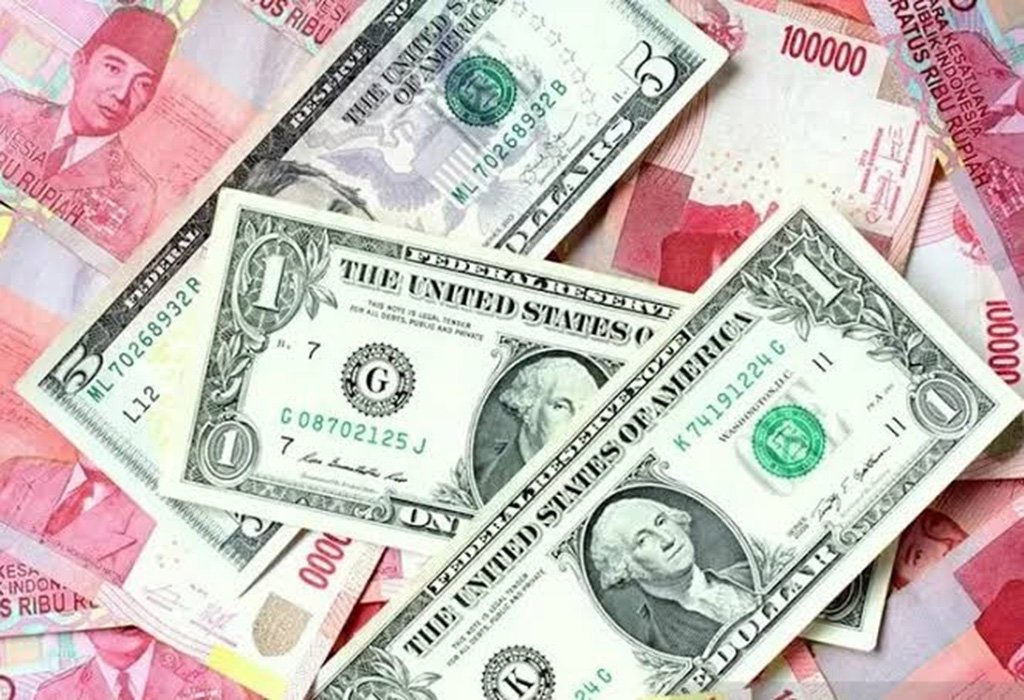
Rupiah reaffirms weekly top near 15,250, Bank of Indonesia Interest Decision, and Fed’s Powell eyed as potential drivers of USD/IDR price movement
The US dollar has fallen against the Indonesian rupiah for three straight trading days.
The Indonesian Rupiah has been affected by the declining US PMI and the posture for BI status quo.
The pessimistic inclination is strengthened by rising optimism in China and diminishing worries about increased interest rates elsewhere.
It is widely anticipated that Bank Indonesia would maintain its current rate of 5.75%; all eyes will be on Fed Chair Powell’s remarks at Jackson Hole.
Thursday morning saw a retest of the weekly low for USD/IDR near 15,250 as traders anticipate the Bank Indonesia (BI) Interest Rate Decision later in the day. By taking advantage of the weaker US Dollar and the slightly more optimistic atmosphere in the Asia-Pacific region, the Indonesia Rupiah (IDR) pair has posted three consecutive days of losses.
After retreating from an 11-week high the day before, the US Dollar Index (DXY) is now under pressure around 103.30. As a result of market jitters concerning the highly anticipated data and events, the dollar index against the other six major currencies hit a multiday high. The hawkish attitude about the Federal Reserve was pushed back and the DXY was pulled down after gloomy prints of the US PMIs for August and disappointing housing data were released.
Traders have been able to recoup some of their losses amid Wall Street’s strong performance and a decline in US Treasury bond yields because of lower activity data in the major economies.
Even while no change is predicted in the benchmark 5.75% rates, the bearish USD/IDR sentiment has been helped by optimism in China, one of Indonesia’s main clients.
As a result of these manoeuvres, S&P500 Futures gained 0.70% to 4,480 as of press time, following the day’s largest gain in a month, while stocks in China and Hong Kong also rallied. In addition, rates on 10-year US Treasuries fluctuate around 4.20 percent, halting a two-day slide from 2007 highs and the greatest daily drop in three weeks.
The USD/IDR exchange rate is less likely to be affected by the BI decision going ahead unless it presents some substantial surprises. Intraday trends can be gleaned from the United States’ Durable Goods Orders, Chicago Fed National Activity Index, Kansas Fed Manufacturing Activity, and weekly Jobless Claims reports. Fed Chair Jerome Powell’s speech at Friday’s primary event, the annual two-day Jackson Hole Symposium, will be especially important.
Analytical Techniques
Despite the fact that the USD/IDR pair has struggled to push beyond the 15,400 barrier, the 21-day moving average (DMA) and a rising support line from the past month have combined to cap near-term losses at about 15,250.

